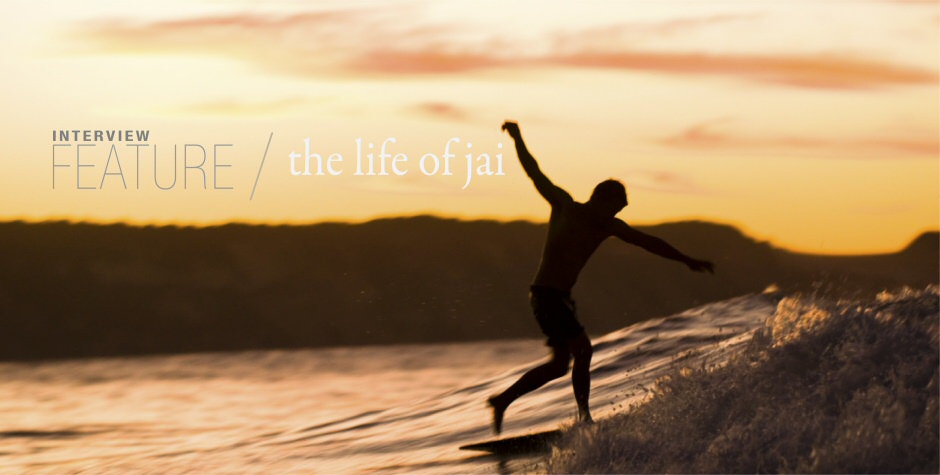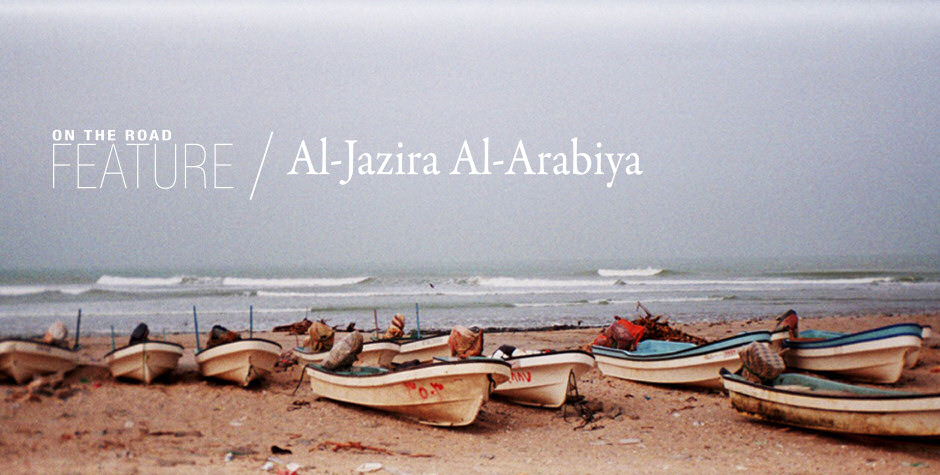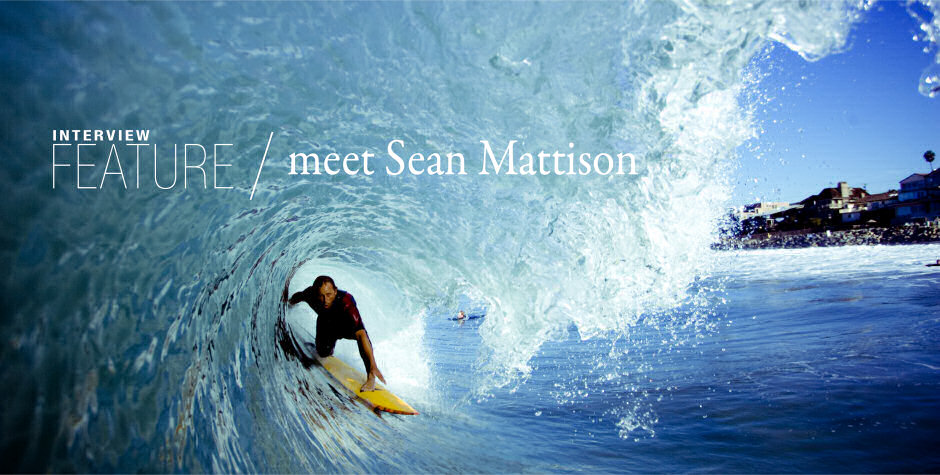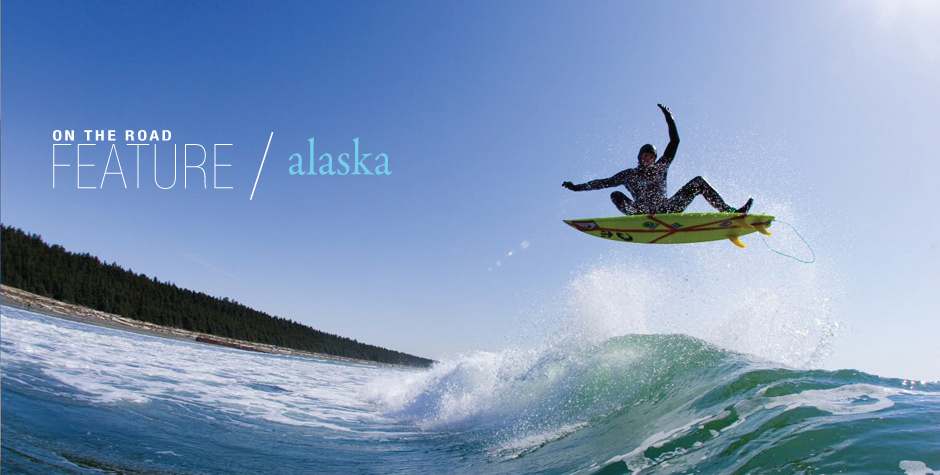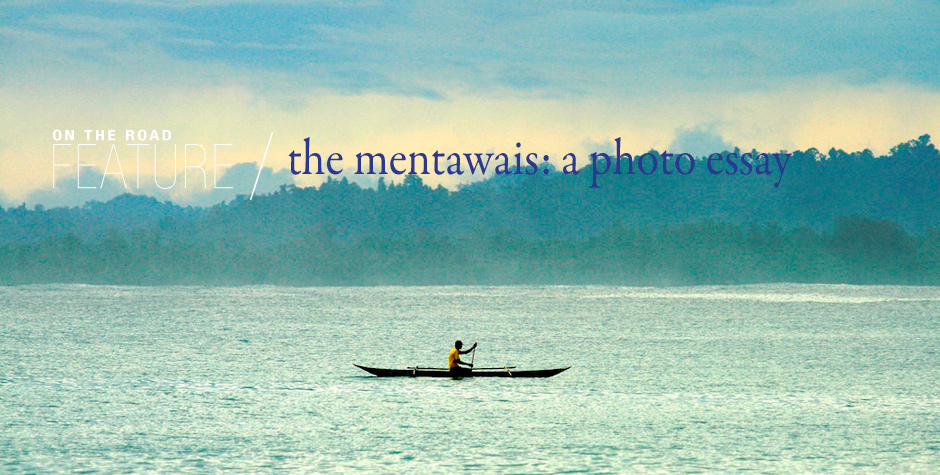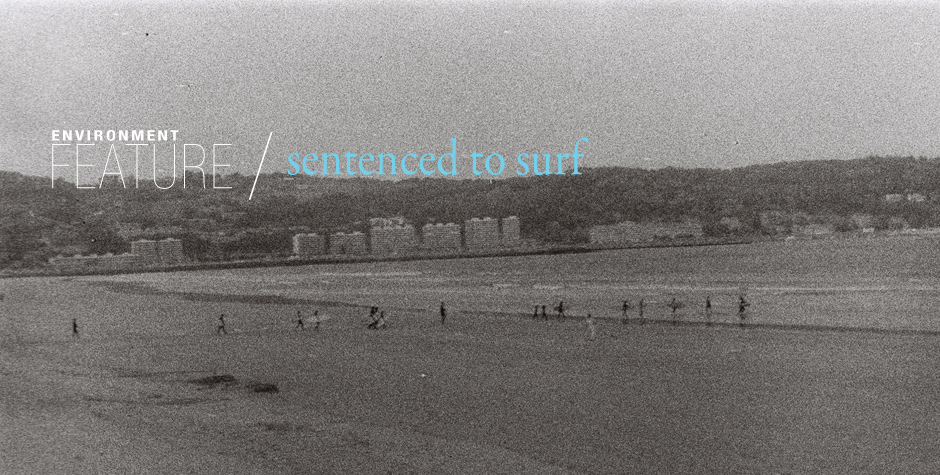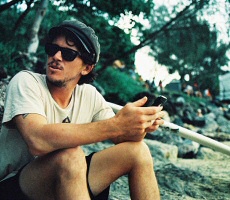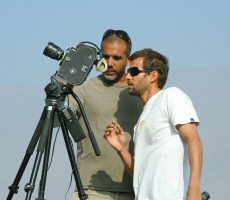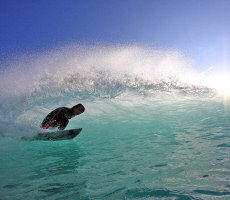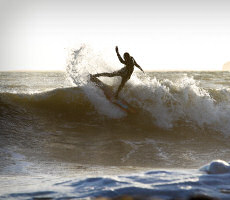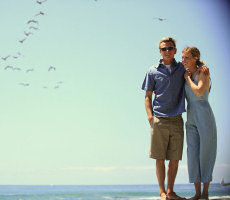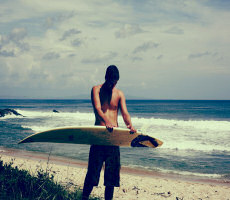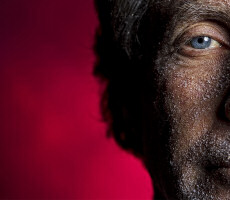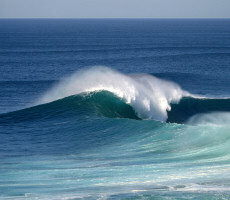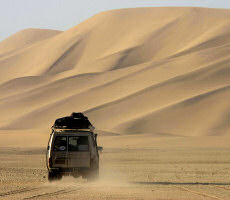Global Wave Conference
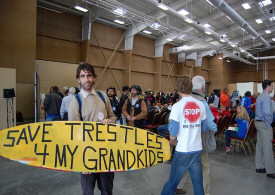 In late October 2011, leaders and representatives of coastal conservation NGOs and universities from around the world descended on the picturesque cities of Biarritz and San Sebastian for the first ever Global Wave Conference (GWC). Zach Plopper considers the event and its implications.
In late October 2011, leaders and representatives of coastal conservation NGOs and universities from around the world descended on the picturesque cities of Biarritz and San Sebastian for the first ever Global Wave Conference (GWC). Zach Plopper considers the event and its implications.
For two days, environmentalists, scientists and researchers, discussed various experiences saving and losing iconic surf spots and the efforts implemented to stop their destruction. Some strategies have been victorious and others futile. But what emerged from the GWC is that there is a burgeoning global vision that a surf spot is a natural resource with much larger benefits than a good ride and it can be in the best public interest that they are protected.
From the river mouth lefts of northern Spain to the boulder big wave points of Madeira, there are common threads that connect their heart pounding drops, devoted tribes and tidal moods. Surf spots are critical resources. They transcend purely recreational and aesthetic rewards. They are open spaces. They are economic engines. They are ecosystems. Surf spots hold value that inarguably rivals what a snow covered mountain is to a ski resort.
Trestles, one of California’s most iconic surf spots, has provided an array of resources since long before George Freeth’s first California rides in Redondo Beach in 1907. The thriving San Mateo creek and watershed that created the cobble and sand point was a keystone for the local Kumeyaay, Acjachemen, Cahuella, Capeno and Luiseno tribes. It was later farmed by the Spaniards and ranched by the early Californianos. Trestles and its surroundings were fueling local populations and economies hundreds of years before the Hurley Pro.
Today it is a major component of the local and regional economies as surfers, birders, families and outdoor enthusiasts from around the world flock to its shores. Chad Nelson, Surfrider Foundation’s Environmental Director and economist, says that “Trestles contributes between $8 - $13 million per year to the local economy through expenditures at local stores, gas stations, restaurants and surf shops.”
But it is not only the natural resources and dollars produced by its coastal landscape and marine environment. Trestles also supports significant habitat for a number of endangered animal species including the Southern Steelhead Trout, Least Bell’s Vireo, California Gnatcatcher and, although presumably extinct, the golden Beaver. It is the last intact watershed in Southern California which was once home to 381,000 acres of wetlands (now only 15,000 acres).
Trestles holds inherent ecological, economical, historical and recreation value. The understanding of these critical components by the public allowed the Southern California coastal legacy of Trestles to continue.
It was this multipronged approach that led to the eventual defeat of a proposed toll road slated to run through the center of the San Mateo Creek and San Onofre State Park. The historical, biological and economic values of the watershed and wetland were as essential as the recreation opportunities of the peak at Lowers in the campaign to save Trestles.
The Trestles victory was a major milestone in the global campaign to save surf spots from destructive development. And it was a learning experience that we mustn’t forget. Good surf alone is not enough to save a wave. The non-surfing bureaucrats and decision makers do not care if it tubes for 400 meters and spits 17 times. It is what is underneath, what is onshore, what’s offshore, what has happened there and what everyone does after they towel off that can make a difference.
Back to the Basque coast. Symposium participants shared experiences about the loss of waves in Portugal, New Zealand, Australia and Japan; saved waves in the United States and Mexico; polluted waves in England; and created waves in Holland. Surf science from Southern California, Australia and France showed that surfers globally are diverse but often geographically homogenous and that the impacts of their session go beyond the sand.
It was clear that wave-saving tactics vary between cultures. Surfers Against Sewage’s tastefully humorous, punk-rock marketing and community involved, technologically embracing strategies are raising awareness about polluted line-ups across the United Kingdom and are effectively finding ways to ameliorate them.
WiLDCOAST’s clear-cut land purchases and conservation easement agreements are saving tens of thousands of acres of coastline in Baja California, Mexico from grandiose development schemes.
To keep ocean users out of contaminated water in the wake of Japan’s devastating Tsunami and the disaster at the Fukishima Daiichi Nuclear Plant, Surfrider Japan is working with industry experts and testing laboratories to monitor and test water quality in the ocean, rivers, lakes and watersheds.
Dr. Neil Lazarow from Griffith University in Australia and Surfrider’s, Chad Nelson, presented research that has proved invaluable in the protection of waves in Australia and Southern California, whether through National Surfing Reserves or campaigns to defeat destructive development agendas.

Dr. Neil Lazarow
The GWC participant’s shared intrinsic and tirelessly researched understandings of the value of surf spots and the multitude of approaches t save them. Here is what a few of the inspiring wave-saving pioneers of the 21st century had to say:
Brad Farmer – National Surfing Reserves – Australia
“It was 30 years between the first surfing reserve at Bells Beach, Australia 1973 and National Surfing Reserves. By mid-2012, Australia will have created 15 National Surfing Reserves in 7 years. Soon, 25 iconic Australian surf spots in 6 states will have a level of protection.
What is the secret to achieving such uptake with virtually no funding? It is the spirit of volunteerism in something involving all surfers, that is, anyone who uses the surf zone. But unless it is a grassroots driven bottom-up approach we will not engage in a site. It is also very important to be transparent and genuine in all communications with stakeholders.”
Dean La Tourette – Save the Waves – California
“We utilize many strategies and tactics to help protect and preserve surfing coastline around the world. Our educational programs help raise awareness about the tremendous environmental, social and economic value of these special places, both to local communities as well as the international community at large. Our research studies provide hard data to help policy makers make smart decisions, and provide conservationists with powerful tools for protection. Our documentaries help educate the general public about the importance of protecting irreplaceable coastal resources. And our global enshrinement programs help proactively designate and protect special surfing areas, before they ever fall under threat. We create alliances with local or international environmental organizations, joining forces to create campaigns that will most effectively ensure the protection of surfing resources.”

STW and Surfers Against Sewage
T. Al Azzawi – Sociologist – France
“For six years I practiced a series of surveys in France, combining interviews, participative surveys, and classical bibliographical researches.
The main tendency in surf riding practices in France (including short board, long board, body board, bodysurf, tandem, SUP, etc) is the multiplication of the surf schools on the French coast. I see that, globally, surf riding practices reach nearly all socio-professional categories; each one finding different ways to live and appropriate the surf culture. Another is the feminization of surf riding (more than 50% of the teenagers in surf schools are women) and the massive involvement of women in the surf business.”
Rita Marteleira – Salvem o Surf – Portugal
“Salvem o surf came to life in 2002 from a group of surfers that wanted to defend the only wave near Lisbon that works with south west storms. For the first time in Portugal, technical reasoning was used to convince the local municipality that a pier proposal that threatened the wave would have repercussions beyond surfers. Since that first civic movement, SOS has saved other waves all over Portugal using both technical engineering studies and organizing campaigns among the surfing communities to protect waves endangered by coastal development.
Nowadays SOS’s strategy is changing to a more pro-active approach instead of the usual reactive one. Surfing Reserves are being created in Portugal simultaneously with the development of advanced economic studies to determine the value of Portuguese waves as a natural resource.”
Serge Dedina – WiLDCOAST – USA/Mexico
“WiLDCOAST is protecting swaths of undeveloped coastline on the Baja California Peninsula through direct purchases, conservation easements and federal land set-asides. The combination of these strategies has resulted in the protection of over 100 miles of undisturbed coastal ecosystems and world-class surf.”

Former secret slab Harry's in Baja is now a non-operational LNG Plant
An important take-away among the audience of NGO leaders, researchers, surf industry professionals and local surfers was that one strategy is not enough. Breakwater proposal defeats are as important as water quality improvements. A locally decreed reserve is a step that needs to be complimented by a national protected area. Economics can prove that a perennial sand bar can fuel a local economy but that spot needs to be supported by decisions makers as an important asset to the community.
We must not approach the challenge of saving our precious surf zones purely because it gives us joy. Glassy peeling waves might be enough of a reason for us. But for those that make the calls, and for those that seek enjoyment there not necessarily for riding waves, there are other reasons that the places we love should be protected.
The Trestles experience encompassed the collective effort necessary to protect a coastal landscape from the realization of an idea that contradicts everything that it is. Trestles is a surf spot. It is also an ecosystem. It represents native culture; todays and that of a millennium ago. It is an economic engine. And it has a legacy. And that is why it was saved.
The first ever collection of like-minded surf conservationists and researchers would not have been possible without Surfrider Europe and the numerous organizations that participated.
“Surfers can connect, join forces, share intelligence and together protect the waves they love so dearly. The hard truth is that rarely happens. What we did at the Global Wave Conference was exactly this and it was brilliant.”
Jim Morarity, Surfrider Foundation
